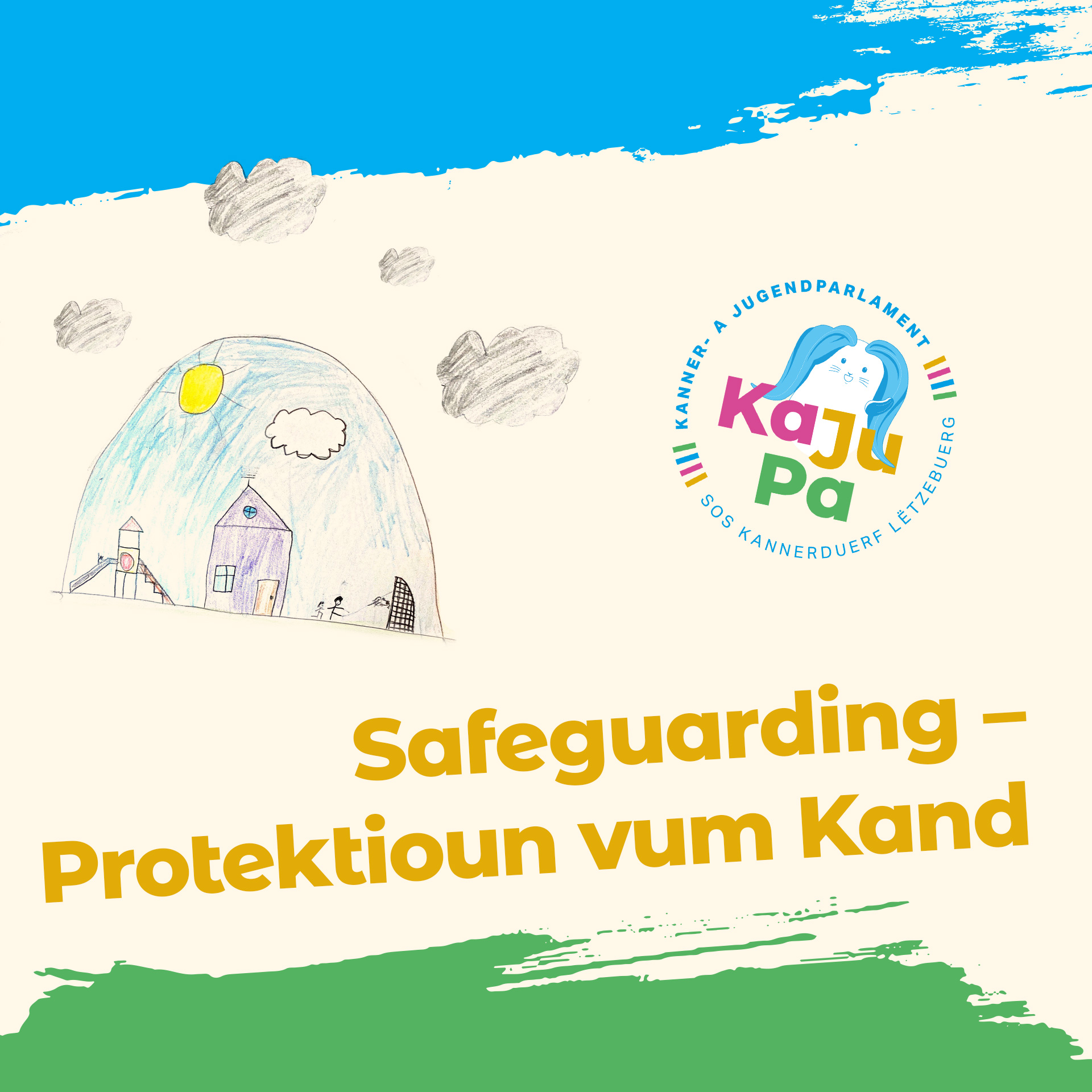Safeguarding and Bientraitance: Our Guiding Principles in Everyday Work

At SOS Kannerduerf Lëtzebuerg, protecting children and young people is not just a legal obligation—it is a core value that shapes everything we do. It is reflected in our practices, our decisions, and our professional approach. Every moment of daily life is designed to ensure safety, respect, and attentive listening for the children entrusted to us.
A Culture of Protection Integrated Throughout
Our protection concept acts as a guiding thread running through the entire organization. While our work is primarily based on pedagogy, the care and support we provide to children and young people is, in reality, a comprehensive Safeguarding project. We have made “bientraitance” our promise and our hallmark. This term, which does not really exist in German, means far more than “good treatment”: it represents a holistic concept that is embedded in our practices and our commitment.
This commitment is also reflected in our adherence to the charter of the Luxembourg organization Bientraitance, which forms a key foundation of our code of conduct and pedagogical guidelines.
Concrete Measures to Protect and Empower
Safeguarding is not just a principle—it is lived every day. We apply proven approaches that guarantee the safety and well-being of children. These include trauma-informed pedagogy, systemic approaches, crisis intervention strategies, and the creation of safe spaces. We also work to strengthen children’s ability to protect themselves. This vigilance is supported by the essential work of specialized teams who ensure coordination and implementation of protection measures.
Informing, Involving, Empowering
Protection also means participation. Children and young people are not just recipients of care—they are active participants. We consult them about their needs, expectations, and opinions, and involve them in decisions that affect them. Through assemblies, information sessions, and the Children and Youth Parliament, we raise awareness about their rights and the risks of violence.
We see children as experts in their own lives. Their experiences and perspectives are essential for assessing risks and designing prevention measures. This approach builds confidence and shows them that their wishes and fears are taken seriously. We know that a child who feels involved is more likely to share concerns or difficulties.
Ongoing Challenges
Protection is never guaranteed. The greatest challenge is avoiding blind spots. This requires constant vigilance, full transparency, and the ability to adapt to societal and media developments. We must continuously strengthen our systems, improve our practices, and listen carefully to children. Our goal is clear: they should always feel heard, respected, and protected.
